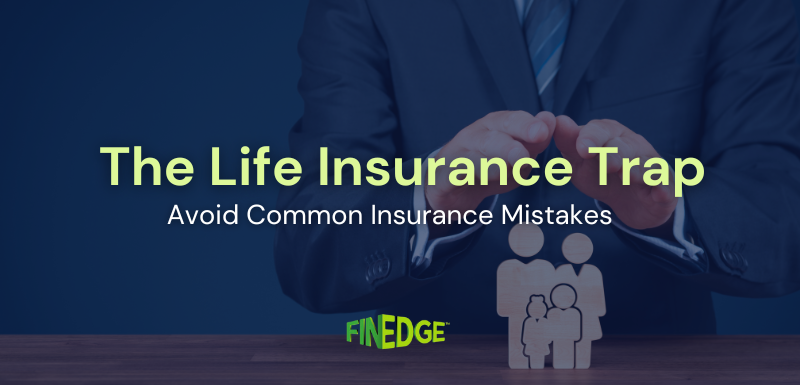Recently Retired? Here’s What You Should Do Next
- Retirement is a new chapter that requires a structured financial approach.
- The decisions you make now around cash flow, investments, and healthcare will define your peace of mind.
- Building a sustainable income stream and managing risks smartly can help your retirement savings last for decades.
- Here’s a practical, non-intimidating guide to what you should do next.
If you’ve just retired or are about to, you may be wondering what comes next. How should you manage your money? Is it safe to invest in equity anymore? Do you still need insurance? Retirement isn’t just about leaving your job, it’s about starting a new financial life. In this guide, we walk you through the most important steps to take after retirement so that your savings last, your income remains stable, and your peace of mind stays intact.
Step 1: Take Stock of Your Financial Life
Start with a financial inventory. List out:
- All your assets: equity shares, mutual funds, PPF/EPF balances, real estate, fixed deposits, etc.
- All liabilities: outstanding loans, credit cards, or EMIs
- Regular income streams: pensions, annuity payouts, rental income
This will help build a realistic cash flow table that defines your income, expenses, and buffers.
Pro Tip
Don't underestimate how long your retirement could last. Plan for at least 25 to 30 years of spending.
Step 2: Don’t Over-De-Risk Your Investments
Yes, preserving capital is important. But overdoing it might leave you short later. A retirement portfolio may still need 20–30% equity exposure for long-term growth.
Rather than a one-time shift, use STPs (Systematic Transfer Plans) to move money into equity gradually. Avoid chasing returns or trying to time the market. Stay goal-focused.
Even post-retirement, compounding matters. A 2% difference in return can significantly impact your monthly income.
Step 3: Build a Sustainable Income Plan
One of the biggest mistakes retirees make is not planning how to withdraw from their corpus.
The ideal way? Set up a Systematic Withdrawal Plan (SWP) from your debt or hybrid mutual funds. It mimics a paycheck, gives you control over how much you withdraw, and leaves the rest invested to grow.
Also:
- Don’t park your full lump sum in a single property.
- Avoid long lock-ins like annuities without full clarity.
- Use liquid and debt funds to manage short-term needs.
Step 4: Review Health Insurance (and Plan B)
Healthcare costs are rising. If you don’t already have a standalone health insurance policy, consider getting one — but review premiums, waiting periods, and exclusions.
In some cases (e.g., pre-existing conditions + high premium), insurance may not be practical. In such situations, it may be smarter to set aside a medical emergency fund in a liquid, low-risk mutual fund.
It’s not just about coverage. It’s about ensuring your plan doesn’t get derailed by one large expense.
Step 5: Think Beyond the Finances
Retirement isn’t just a financial shift, it’s a lifestyle one. Ask yourself:
- Do you want to work part-time?
- Volunteer or pursue a hobby?
- Relocate or travel?
You’ve worked hard for this phase. A clear plan lets you enjoy it with confidence and freedom.
FAQs
Your Investing Experts
Continue Reading
The Impact of Inflation on Your Retirement Plan
Inflation doesn’t feel alarming month to month, but over 25 years it can completely reshape your retirement needs. Planning with inflation in mind ensures your future lifestyle remains as comfortable as it is today.
Financial Planning Before and After Retirement India: A Complete Guide to Building & Managing Your Retirement Life
Planning for retirement is not just about saving, it’s about understanding how your needs evolve. Financial planning before and after retirement India requires two different skill sets: building your corpus before retirement and managing it wisely afterward so it lasts 25–30 years.
Beware of the Life Insurance Trap
Many life insurance buyers mistake savings for protection. Here’s how to spot common mis-selling traps and ensure your policy truly secures your family’s future.

.png)

